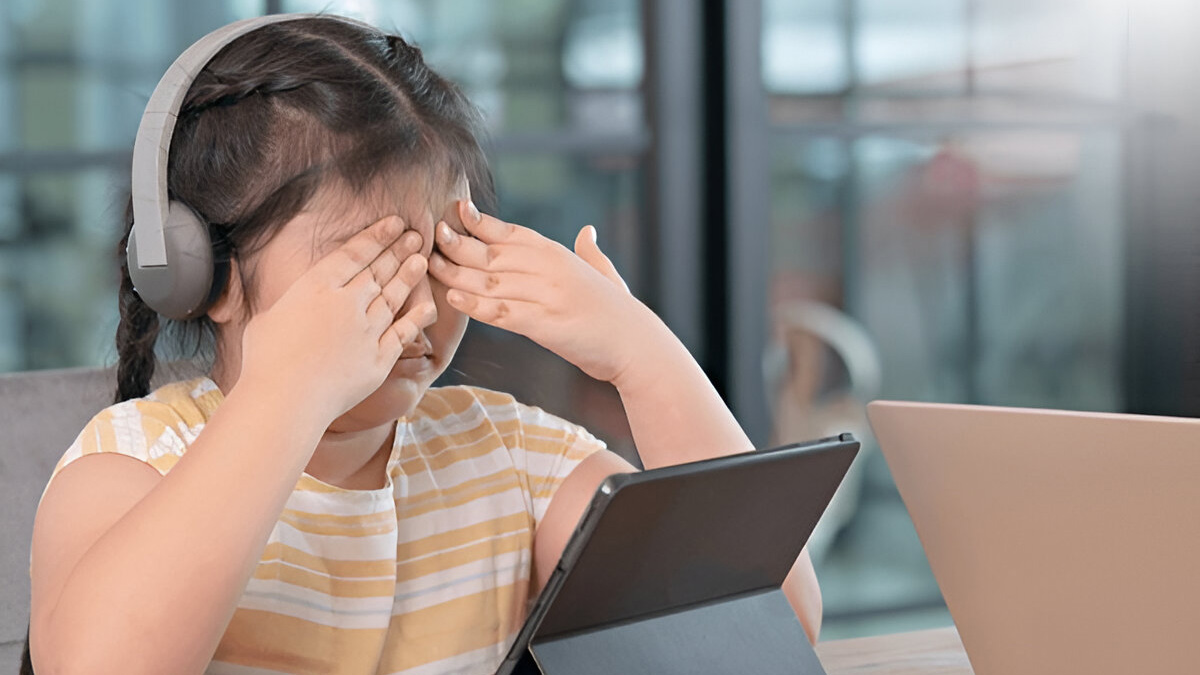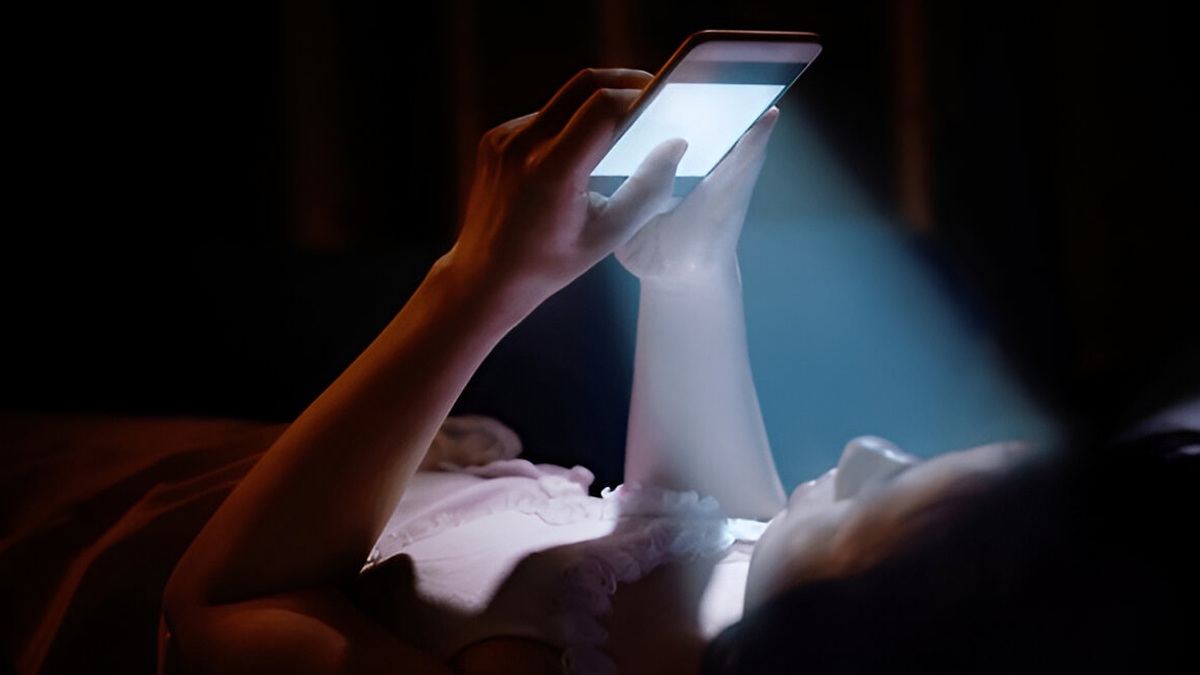
In a post-pandemic world where digital screens have become the primary mode of learning, working and unwinding, a silent epidemic has been brewing digital eye strain. A condition described clinically as Computer Vision Syndrome, it impacts millions of individuals who spend hours in front of screens, not only causing eye distress but also long-term vision impairment, such as myopia (nearsightedness).
Table of Content:-
We spoke to our expert Dr Sonia Bhalla, Consultant Ophthalmologist, Lawrence and Mayo, New Delhi, who explained how digital eye strain increased the risk of myopia.
According to a recent uptick in cases observed across eye clinics and pediatric ophthalmology departments, there has been a noticeable correlation between excessive digital exposure and the increasing incidence of myopia, particularly among children and young adults, said Dr Bhalla.
Understanding Digital Eye Strain and Its Impact

"Digital eye strain is a condition caused by continuous focus on digital screens, including mobiles, laptops, and tablets for two or more hours at a stretch. Some of the symptoms are dry eyes, blurred vision, headaches, eye fatigue and lack of ability to refocus," said Dr Bhalla. Continuous viewing of near objects without giving the eyes rest in between makes the eye muscles remain contracted for extended periods, disturbing the eye's natural accommodative mechanism.
A 2008 Polish study of 2,206 students reported that children resident in urban areas had twice as high a prevalence of myopia as children resident in rural areas.
According to a 2025 systematic review and dose-response meta-analysis, a daily increase of one hour in screen time was linked to a 21% higher likelihood of developing myopia. The relationship followed a sigmoidal pattern, suggesting that there may be a safety threshold of under one hour of screen exposure per day, with the risk of myopia increasing with time spent up to four hours.
"The mechanism is relatively straightforward: near work induces accommodative stress and the absence of outdoor time with distance viewing and natural light to relax the eyes accelerates the progression of nearsightedness," added Dr Bhalla.
Also Read: What Is Computer Vision Syndrome? Here's How To Protect Yourself
The Blue Light Factor

The other compounding condition is blue light exposure from digital devices. "Blue light per se is not dangerous, but excessive exposure particularly at night may interfere with melatonin synthesis, as it influences sleep patterns and may also be a cause of retinal stress. Although definitive clinical conclusions are still emerging, protective measures are widely recommended," explained Dr Bhalla.
How To Tackle Digital Eye Strain and Myopia Progression
Managing digital eye strain and prevention of myopia demand an integrated, multi-faceted approach:

- Modulate screen time: The 20-20-20 rule is now a gold standard every 20 minutes, gaze at something 20 feet away for a minimum of 20 seconds. It relaxes the ciliary muscles and reduces strain.
- Optimise work ergonomics: The screen should be an arm’s length away and at eye level or slightly below. Poor posture and awkward angles increase strain not only on the eyes but also on the neck and back.
- Nourish your eyes: A diet containing high levels of vitamins A, C, E and lutein (carrots, leafy vegetables and citrus fruits) maintains healthy eyes and minimises oxidative stress.
- Shield from blue light: Employ blue light filtering screens, night mode features, or prescription lenses with blue light blocking technology, particularly for professionals or students with extreme digital reliance.
- Use differentiated single-vision lenses: Updated lens technologies extend beyond correcting vision. They contain anti-fatigue designs and blue-light filtering capabilities that provide extended protection in screen-dominant environments.
Also Read: Does Computer Glass Actually Help? An Expert Explains How It Reduces Eye Muscle Work by 50%
For Parents: Early Monitoring Is Key
Parents should carefully observe not only screen use but also visual behaviour in children. Promote regular outdoor play, which has been found to decelerate the progression of myopia. "Demand routine eye examinations even in the absence of symptoms. In initial stages, children cannot describe discomfort in the eyes or feel that their vision is affected," advised Dr Bhalla.
Bottomline
Dr Bhalla concluded, "Digital eye strain may seem harmless at first, but left untreated, it can lead to chronic and irreversible vision impairments. In a world where screens are inevitable, eye care must become intentional. Myopia is no longer just a hereditary condition, it is increasingly a lifestyle-driven one. With deliberate effort, early interventions, and appropriate protective measures, one can alleviate the burden of digital eye strain and stem the silent epidemic of screen-induced myopia."
[Disclaimer: This article contains information provided by an expert and is for informational purposes only. Hence, we advise you to consult your professional if you are dealing with any health issue to avoid complications.]
Also watch this video
Read Next
Surgery Vs Shots: Expert Helps Patients Decide Between Bariatric Surgery And Anti-Obesity Drugs
How we keep this article up to date:
We work with experts and keep a close eye on the latest in health and wellness. Whenever there is a new research or helpful information, we update our articles with accurate and useful advice.
Current Version